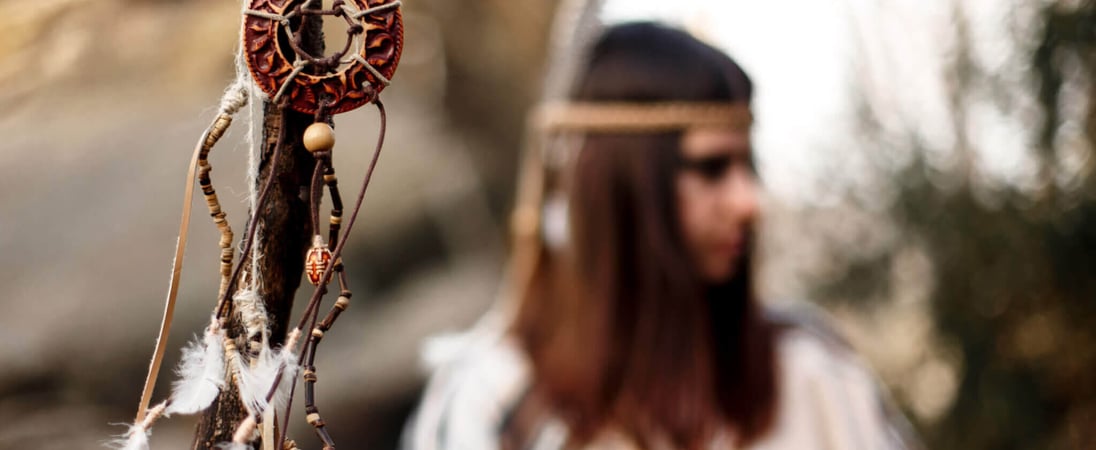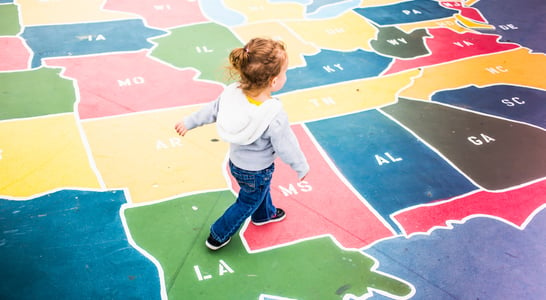
Smithsonian Day
On Smithsonian Day, also known as Museum Day, museums across the United States offer free admission to visitors with a special ticket. Hundreds of institutions take part, including science centers, history museums, art galleries, and zoos.
Each guest can visit one participating location of their choice at no cost. This event opens access to cultural spaces that some people might not usually visit.
The day encourages people to focus and explore. Visitors can see fossils, historic documents, artwork, and interactive displays. Many leave with new ideas and a stronger interest in learning.
Children often find it fun and engaging. Adults discover stories and objects they may not have expected. Smithsonian Day helps connect people to museums in a simple, welcoming way.
How to Celebrate Smithsonian Day
Make the most of Museum Day with tips that add fun, ease, and discovery to your visit.
Reserve Your Ticket Early
Grab your free Museum Day ticket as soon as reservations open online. Only one free ticket per email lets you in with a guest. This ensures you can choose your museum ahead and skip extra lines.
Pick Your Spot with Care
Visit the Museum Day site and view the full list of venues. It spans science centers, galleries, zoos, and cultural halls. Narrow down a place that fits your interests or mood.
Arrive Early to Beat Crowds
Start your visit early to explore exhibits before crowds gather. Some sites limit entry when they reach capacity. Early access gives you more time with displays.
Use Guided Tours or Maps
Bring a map or use a museum’s app to plan your path. Some sites also run free lead‑by‑guide highlight tours. Both help you find hidden gems and keep you from wandering aimlessly.
Explore Both Inside Exhibits and Outdoor Areas
Don’t skip gardens, courtyards, or outdoor spaces tied to your museum. For example, many Smithsonian venues include public gardens and lush landscapes nearby. They offer a refreshing break between displays.
Combine With Nearby Museums
Choose museums close to each other if you want more variety. Many participating sites cluster in cities or regions. You can easily hop from one to the next and see more in one outing.
Share the Day Online
Bring a friend or family member and share the experience. Museum Day spreads curiosity and connection. It’s a great way to spark conversation about art, history, or science outside the usual routines.
History of Smithsonian Day
Smithsonian Museum Day began in 2006, started by Smithsonian magazine. It was designed to give people across the country the chance to visit museums for free, just like visitors to the Smithsonian museums in Washington, D.C. could.
The event welcomed anyone who downloaded a special ticket online. Each ticket allowed free entry for the ticket holder and one guest at one participating location.
The first year saw solid interest, and the event kept growing. By 2016, more than 1,200 institutions joined in. These included science centers, art galleries, history museums, zoos, and more.
People could explore places they might not usually visit. It helped remove cost as a barrier, encouraging more curiosity and learning.
In 2014, the event adopted the name “Museum Day Live!” and drew even more attention. That year, over 400,000 people took part. The day became an annual tradition in September and continued to inspire many to explore local culture.
Although Museum Day paused after 2022, its impact remains. It helped connect millions to learning, art, and history. Even now, many hope it will return in the future. The idea behind it—opening access to everyone—still holds strong value today.
Participants could download one ticket per email and choose only one museum to visit. Creative museum‑hoppers teamed up: one person got a ticket for Museum A, another for Museum B—so couples or friends could cover twice as many places in one day.
This “pair‑up” strategy turned a simple outing into an impromptu treasure hunt.
Yes! During World War II, the Smithsonian hid many of its precious artifacts—painting them over and storing them in underground vaults—to protect them from potential bombing raids in Washington, D.C.
This wartime cloak‑and‑dagger move shows how museums can go into stealth mode to safeguard culture.
The Smithsonian’s first official photographer was Thomas William Smillie. Starting in the late 19th century, he documented exhibits, staff, and expeditions.
His photos created an enduring visual legacy and even formed the basis for the Smithsonian’s photography collection.
What about zoo fans? Some affiliate zoos joined the event—so not only museums, but living collections like the National Zoo could sometimes go free, offering playful birthday‑party vibes with penguins and pandas.
While less advertised, this added wildlife to the cultural mix. (Note: museum‑affiliate mix is common.)
The Hope Diamond found its permanent home at the Smithsonian thanks to George Switzer, who personally flew it to the museum in a velvet pouch.
The gem’s journey even included a rough flight and a fender‑bender—adding drama worthy of a heist movie. Visitors drawn that day might glimpse not just a gem, but a legend.
Yes! The Steven F. Udvar‑Hazy Center, an annex of the Air and Space Museum near Dulles Airport, joined the celebration too.
Visitors could wander past iconic aircraft like the Space Shuttle Discovery—a bonus for aviation lovers who tag along on Museum Day adventures.
A statue of Joseph Henry, the first Smithsonian secretary, stands outside the Castle holding a book and a magnet.
Fun fact: in 1965, curators turned him to face the National Mall—so today he literally looks out toward visitors, as if greeting them to the Museum Day party.
The event sometimes focuses on themes like “Women Making History”—highlighting not only trailblazing exhibits but also people like Zora Martin‑Felton, who founded the Smithsonian’s first federally funded community museum in Anacostia and forged new paths in museum education.
Yes, recently the official landing page redirects to the main homepage, and the event was canceled in 2023 and 2024, without much explanation.
That low profile makes Museum Day feel like a nostalgic party that’s fading into the archive.
The Smithsonian Institution was founded not as part of the government, but as an independent trust—based on James Smithson’s bequest “for the increase and diffusion of knowledge.”
Museum Day carried that same spirit: sharing access widely, but with a quirky twist—one free ticket per person—which balanced openness with a light sense of exclusivity.
Also on ...
View all holidaysInternational Country Music Day
Kick up your heels and get ready to sing along to the sounds of the heartland. Catchy lyrics and twangy guitars await!
We think you may also like...
International Museum Day
Visit a local museum and learn about anything from art to ancient history to aerospace. Many museums also offer virtual tours online, if you can’t get out.








